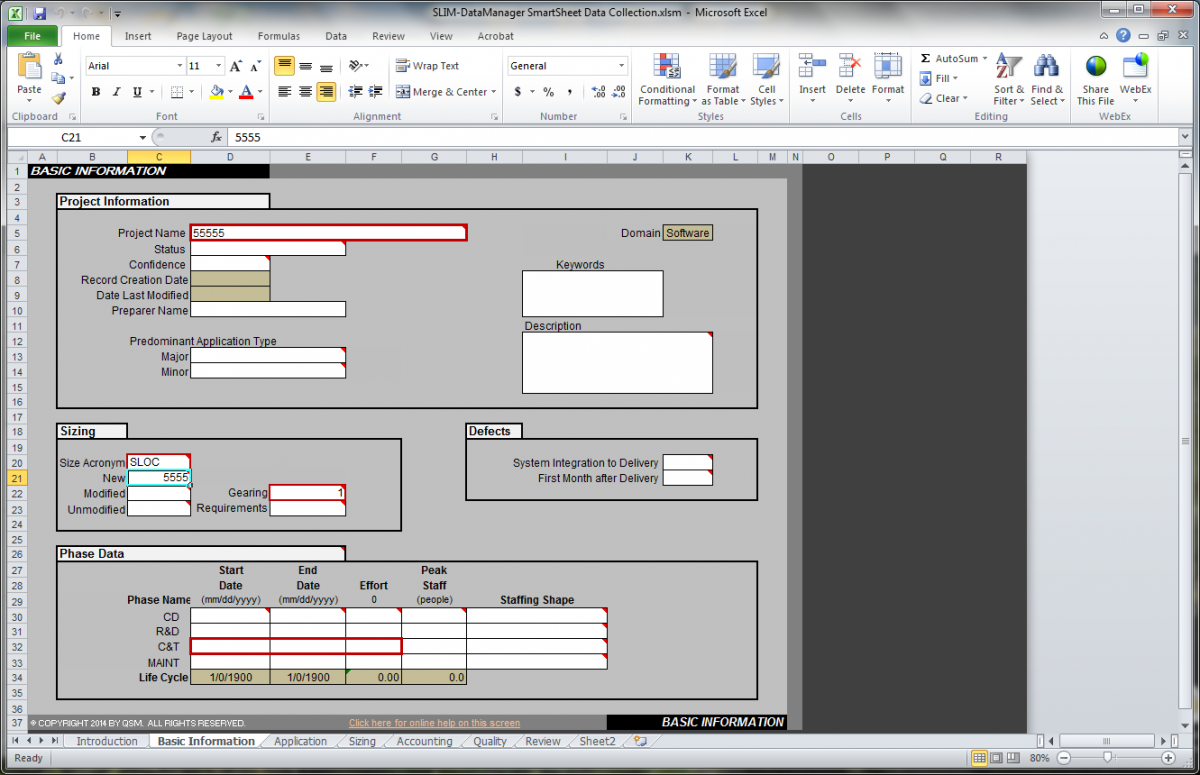Data-Less Decision Making
I rather enjoyed the Google Analytics April Fools prank earlier this month, Welcome to Data-Less Decision Making on Analytics Academy. Though satirical, this video brings to light an important reason why individuals have such trouble making decisions in a business environment: they don’t have data.
I’ll agree that without data it’s really appealing to turn to the coin flip method and be done with it. After all, 50/50 odds really aren’t terrible, right? But project management software such as SLIM-Estimate make empirically-based business decisions possible, even when company data isn’t immediately available.
Leveraging our database that contains over 10,000 projects, QSM has developed and regularly updates 17 distinct industry trends. When creating an estimate or benchmarking a past performance, simply select the QSM industry trend that most closely reflects the type of system being built. This will serve as a reference point.
If historical data is available but you’re unsure of which metrics to collect, SLIM-SmartSheets is a new downloadable feature in SLIM version 8.2 that mimics the look and feel of SLIM-DataManager and allows users to collect project data, even when they’re not on a network computer. Each project can then be pulled into one SLIM-DataManager file using the API.

